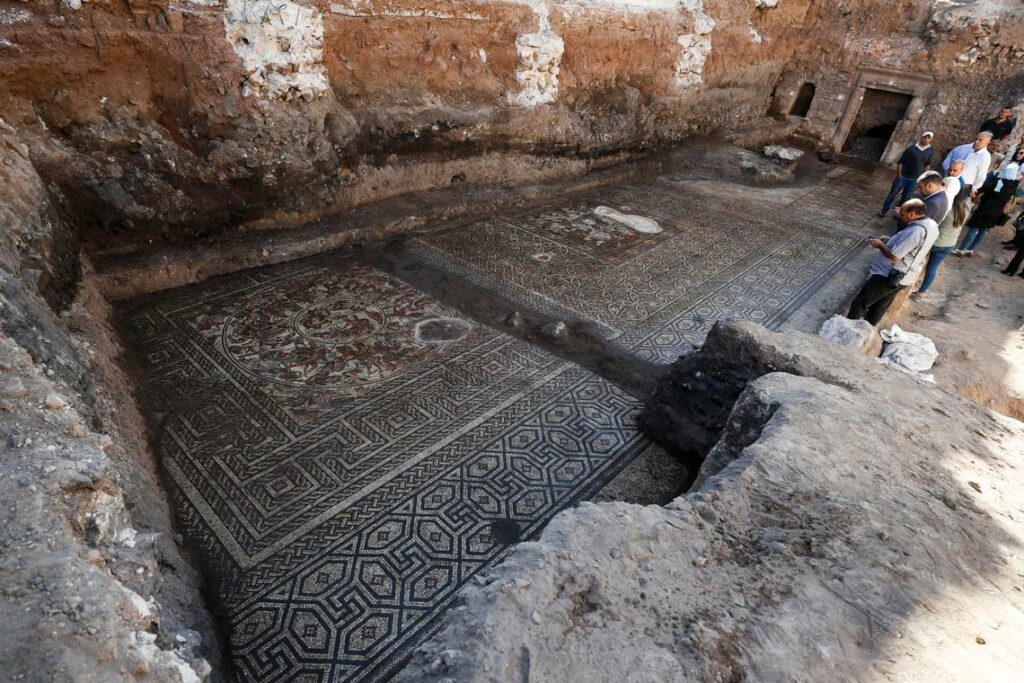Near Homs in al-Rastan, a mosaic that is largely intact was discovered. It is around 1,600 years old, is rich in detail, and depicts episodes from the Trojan War.
According to Hammam Saad, who oversees excavations and archaeological studies in Syria for the General Directorate of Museums and Antiquities, the mosaic is “not the oldest of its sort, but it is the most comprehensive and uncommon.” There is “no other like it,” he continued. The Trojan War is one of the things it depicts.
The mosaic, which measures 66 feet by 20 meters (approximately 20 meters by 6 meters), was discovered beneath a structure in al-Rastan, a city in the Homs province in northern Syria. In the Syrian conflict, Al-Rastan, a rebel stronghold, underwent heavy fighting. After years of civil war, Homs was retaken by the Syrian government in 2018.
Archaeological finds endangered in Syria
Part of the mosaic was reportedly discovered under a house several years ago, while opposition members were digging tunnels during the civil war.
Researchers continued their excavations because they thought there might be additional mosaic pieces hidden beneath nearby structures.
The mosaic panels, according to local media, belong to the fourth century AD, when Syria was a part of the Roman Empire.
Many significant archaeological sites in Syria were destroyed and looted during the civil war. The most well-known instance is the oasis city of Palmyra, where the terrorist group Islamic State (IS) destroyed 2,000-year-old cultural landmarks because they considered them to be “infidel” structures.
(AFP/dpa) db/eg
